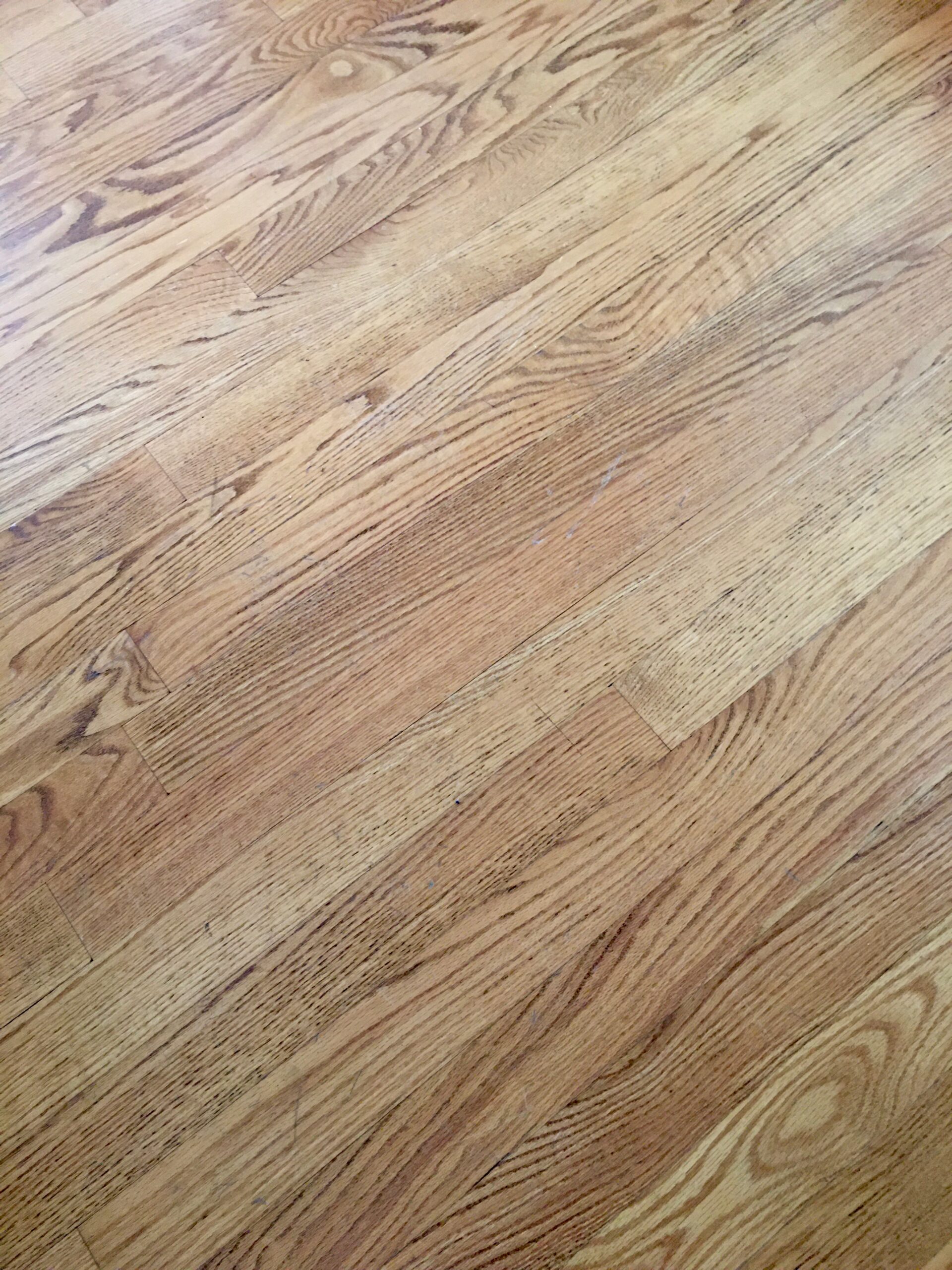Continuing with your chamber setup from the Chamber Enthusiast Challenge #1 and #2, or setting up an entirely new chamber, use the shared multitrack sessions for your reverb chamber. choosing from the 3 provided. You’ll then be able to compare your chamber’s sound with the sounds achieved by other ChamberReverbChallenge subscribers. Simply add your chamber reverb to the target dry track, mixing to taste, with as much reverb as you think appropriate to the track.
Shared Multitrack Sessions for Your Chamber Reverb
Download one or all track pairs below and add the sound of your chamber reverb to this multitrack session. Each pair includes a mono, solo, dry track in need of your chamber, and a stereo ‘mix minus’ containing everything in the mix, minus the dry track. You’ll be working with the intro, verse 1, and chorus 1 of the song Different, kindly loaned to us for the Chamber Reverb Challenge by the artist, Layzi, and producer, Lucas DeLisle.
||: Artist: Layzi @littlesoyboi :||: Producer: Lucas DeLisle @thatproducerlucas :||
Create a session in your DAW of choice consisting of the pair of tracks. Add your chamber reverb to the dry track and create a complete mix consisting of the stereo Mix Minus track, the dry track, and your chamber. Feel free to add other effects to the dry track (e.g., EQ & Compression). Plan to process the send to your chamber as well, with whatever EQ, filtering suits the tone of your chambers. Apply as much of your chamber reverb as you think appropriate to the track, balancing the level of the track, the reverb, and the rest of the mix to taste.
Track Pairs
- Vocal + Mix Minus Vocal
- Mix Minus Vocal still has a single harmony vocal line, panned slightly right.
- Snare + Mix Minus Snare
- Close snare track is provided as it’s own, dry track. The Mix Minus Snare has no close snare track, but still contains snare from overheads. The final snare sound is a combination of the overheads plus the close snare with sound of your chamber reverb.
- EGT (Electric Guitar) + Mix Minus EGT
- This electric guitar part is very staccato — the better to reveal the sound of your chamber
Deliverables
Submit a single compressed .zip file containing all of the audio files and the single pdf document described below. Use file name: Enthusiast3_UserName.zip where UserName is the user name you created when you registered to become a ChamberReverbChallenge subscriber.
- Print your Vocal reference mix with your chamber reverb applied to the Track (Vocal, Snare, or EGT).
- .WAV file at the same resolution as the source files (24 bit / 48kHz preferred for web sharing here)
- file name: En3_UserName_Track.wav
- En3 stands for Chamber Enthusiast Challenge #3
- UserName is the user name you created when you registered to become a ChamberReverbChallenge subscriber.
- Track identifies the track getting your chamber reverb treatment: Vocal, Snare, or EGT.
- e.g., En3_NTesla_EGT.wav
- If your chamber has changed since your Chamber Enthusiast Challenge #2 entry, document your chamber in a single PDF document (file name: En3_NTesla_ChamberDoc.pdf) containing the following.
- Photos
- Chamber: One image showing the best view of the entire chamber.
- Speaker: One image showing the placement of and nearby architecture around the loudspeaker(s)
- Microphone: One image showing the placement of and nearby architecture around the microphone(s)
- (optional) Chamber Selfie: One image of you in your chamber.
- Signal path: provide a summary gear list in order of signal flow from audio source, through chamber, back to your session.
- DAW/Mixer Output; Converter Out; Power Amp In; Loudspeaker; Microphone (indicate any switch settings if appropriate such as pick-up pattern, pad, and rolloff); Microphone Preamplifier; Converter; Session/Mixer Input.
- e.g., Pro Tools Bus 17 Out; Apogee DA16 Out #3 Out; Hafler P1000 In; Yamaha NS10; Shure KSM141 (cardioid, with pad, no rolloff); API 312 Microphone Preamplifier #2; Apogee AD16 In #3; Pro Tools Input #11.
- Include settings for any added effects on the send to your chamber, such as delay and equalization.
- Photos
